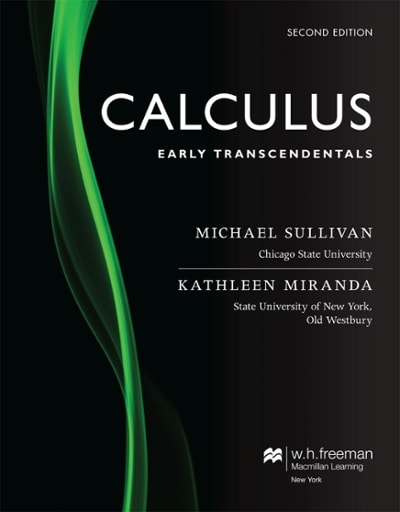Answered step by step
Verified Expert Solution
Question
1 Approved Answer
Hello, I need help with this quesiton on One-sample T-test. Trial Matching circle radius (pixels) 37.0 21.5 40.0 15.9 16.4 ( 0 N O) UI
Hello, I need help with this quesiton on One-sample T-test.
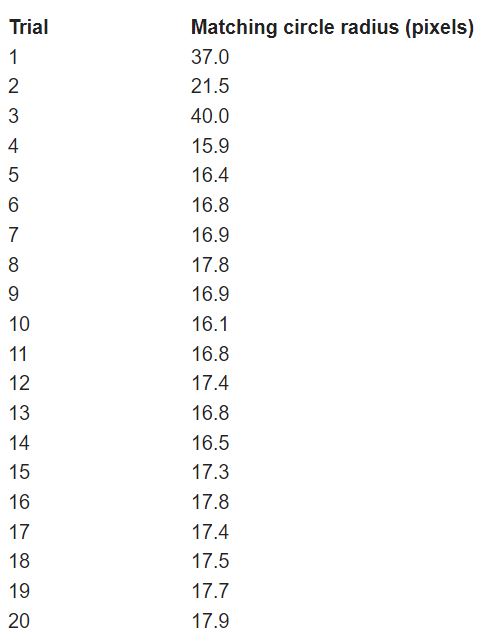
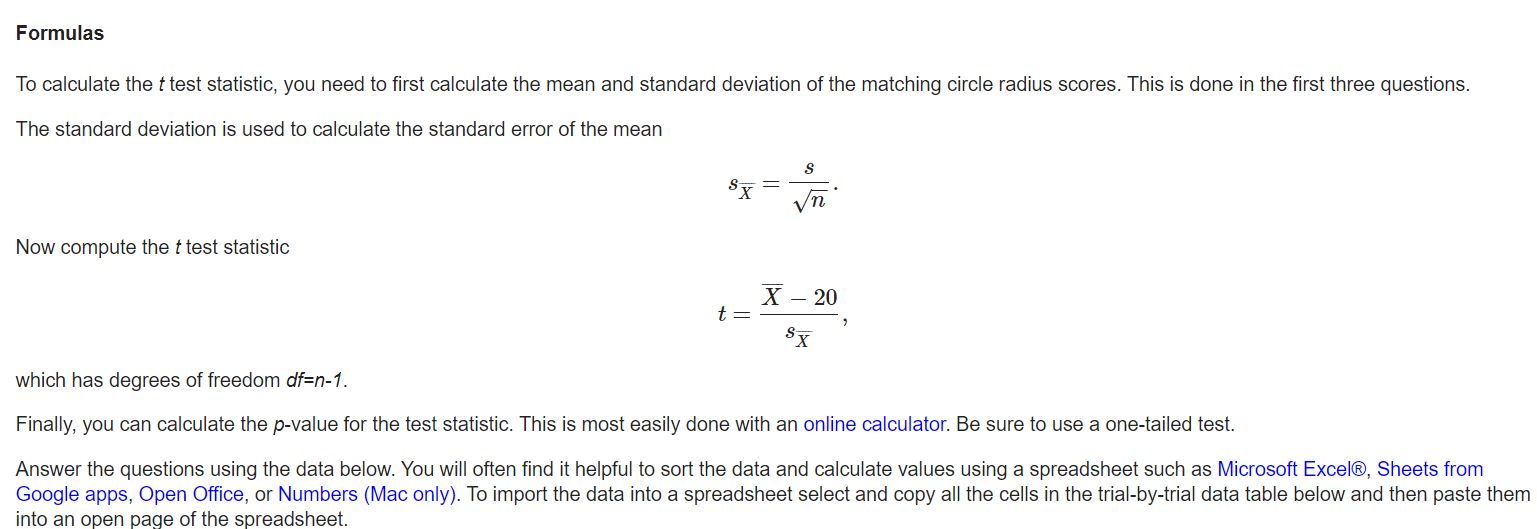
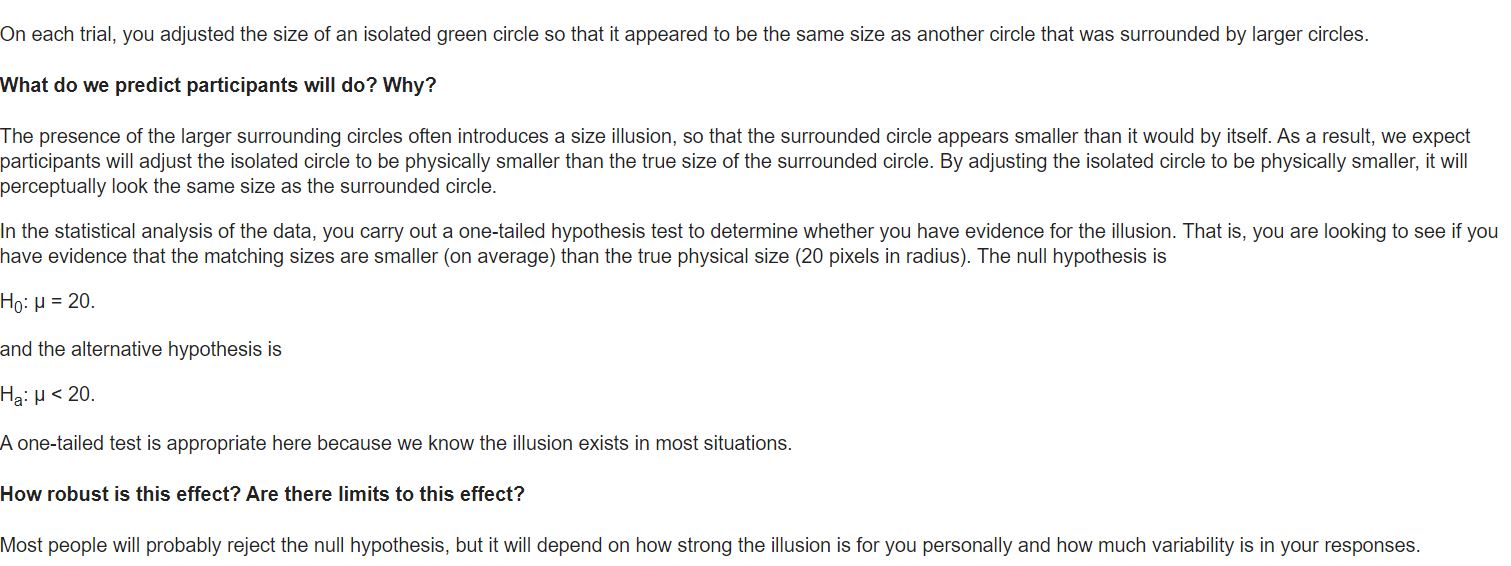
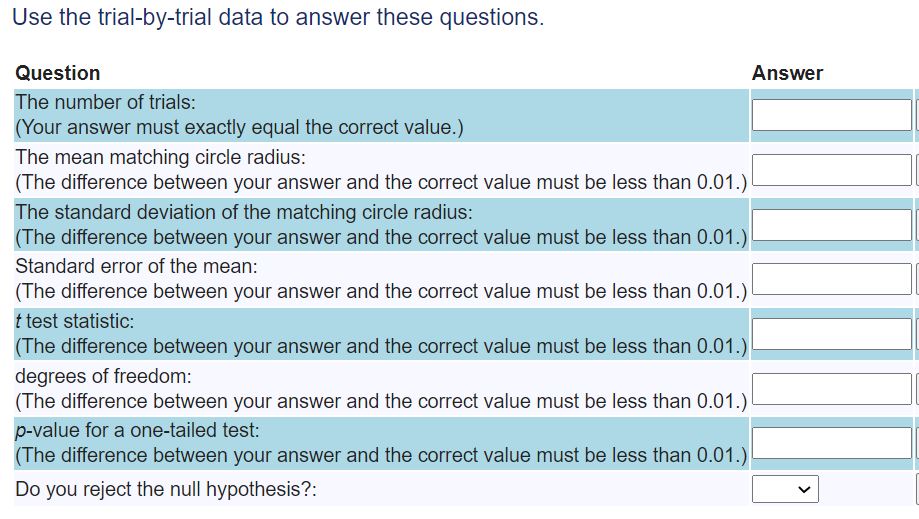
Step by Step Solution
There are 3 Steps involved in it
Step: 1

Get Instant Access to Expert-Tailored Solutions
See step-by-step solutions with expert insights and AI powered tools for academic success
Step: 2

Step: 3

Ace Your Homework with AI
Get the answers you need in no time with our AI-driven, step-by-step assistance
Get Started


